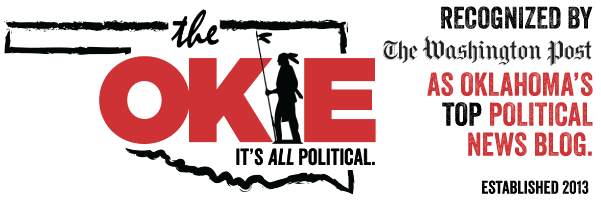Tidwell: Oklahoma’s Occupational Licensing Opportunity
Point Of View: Oklahoma’s occupational licensing opportunity
BY JOHN TIDWELL
When the acting head of the Federal Trade Commission proclaimed last year, “I challenge anyone to explain why the state has a legitimate interest in protecting the public from rogue interior designers carpet-bombing living rooms with ugly throw pillows,” it was clear that occupational licensing reform had gone mainstream. From Mississippi to Arizona to Wisconsin, states have enacted reforms that will make it easier for their workers to climb the ladder of opportunity.
In Oklahoma, we went big. The governor put together a task force to examine occupational licenses. It came up with recommendations that won’t just remove barriers for Oklahomans, but will provide a blueprint for other states, counties and towns across the country to follow so more American workers can find jobs and pursue their dreams.
There was a time when occupational licenses applied only to doctors, lawyers and other high-income occupations whose malpractice could jeopardize consumers’ health, well-being or safety. That’s no longer the case. Today, a license is required for roughly 25 percent of the workforce, up from just 5 percent in the 1950s.
This presents a significant impediment to employment for people in disadvantaged communities. A 2017 study by the Institute for Justice of 102 low- and middle-income occupations nationwide found that to obtain a license in Oklahoma (we license everything from travel guides to shampooers) an aspiring worker must pay an average of $234 in fees and complete nearly 400 days of education and experience.
Public safety is often the primary justification, but research shows licensing doesn’t improve quality or public health and safety. Real-world experience also belies the claim. Most of the 102 licensed occupations in the IJ study are safely practiced unlicensed in other states.
What’s more, the licensing requirements for jobs that do affect public health are often less strenuous. Nationwide, the average emergency medical technician, who can be the difference between life and death, must complete just 34 days of training, while cosmetologists on average need 386 days of experience.
The real purpose of many licensing boards is to insulate industry players from competition. Boards often include individuals who work in the profession they regulate and have every incentive to engage in behavior that limits competition.
This is where the task force’s recommendations enter the picture. They provide a blueprint that policymakers nationwide can use to examine current and future licenses.
Instead of broad ideas of what licensing should look like, the blueprint contains a series of specific questions to evaluate individual licenses. For example, “Is there a compelling public interest that needs to be protected?” If the answer is no, then scrap the license. If yes, then determine whether a license is the least restrictive way to protect that interest. After that, the questions focus on ensuring that active market participants do not control the board and consumer interests are protected.
The goal must be to remove unreasonable barriers to employment so that more Americans can realize their dreams and experience the dignity of work.
Tidwell is Oklahoma state director of Americans for Prosperity.

